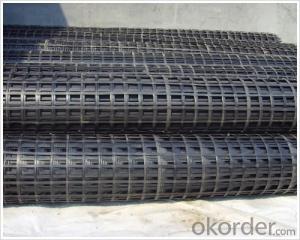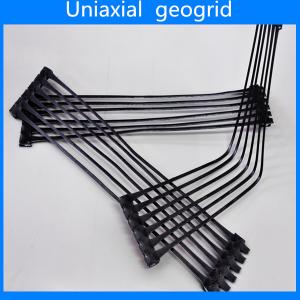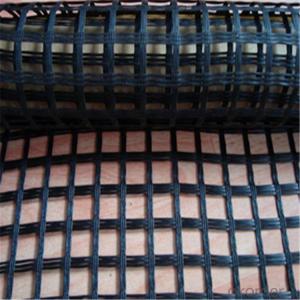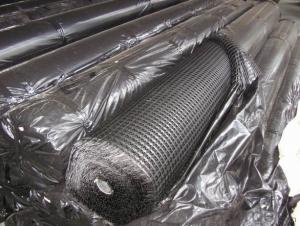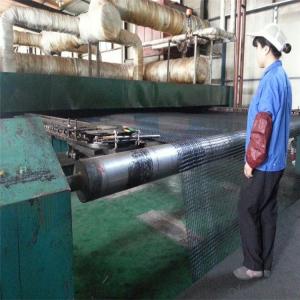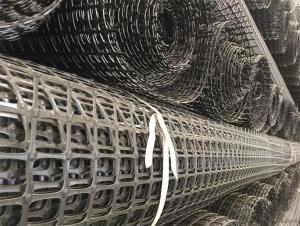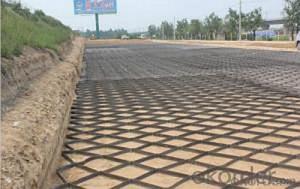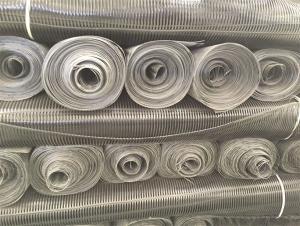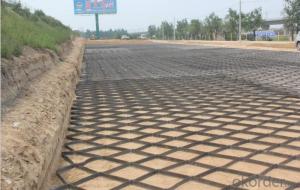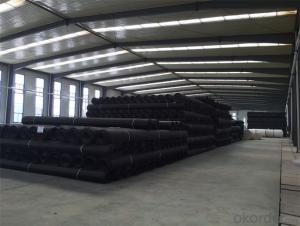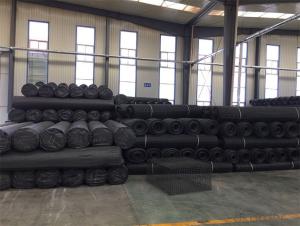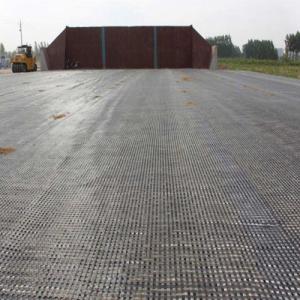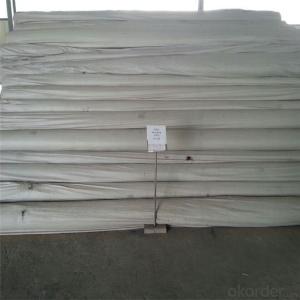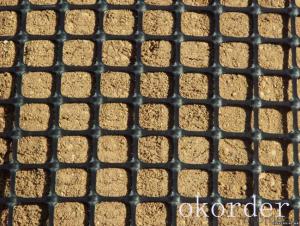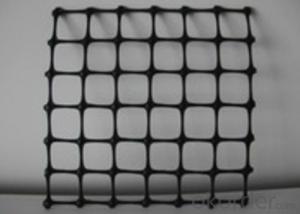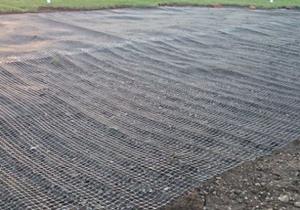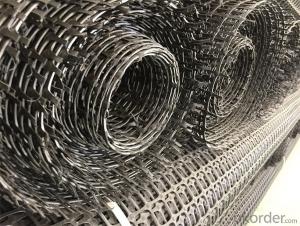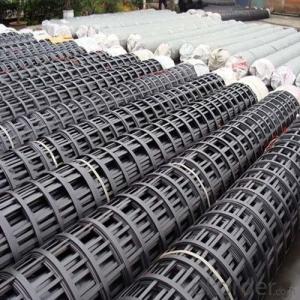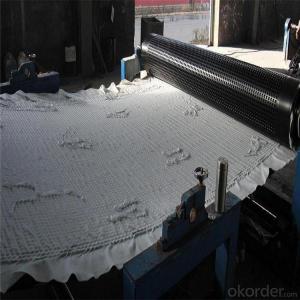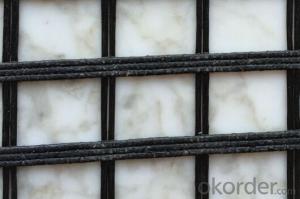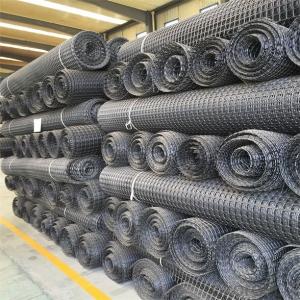Geogrid Tensile Strength
Geogrid Tensile Strength Related Searches
Tensile Strength Of Geogrid Geogrid Strength Geogrid Stiffness Tensar Geogrid Reinforcement Geogrid Pullout Resistance Tensar Geogrid Specifications Geogrid Tensar Tensar Structural Geogrid Pullout Resistance Of Geogrid Tensar Geogrid Calculator Tensar Biaxial Geogrid Tensar Triaxial Geogrid Tensar Geogrid Cost Tensar Geogrid Installation Tensar Uniaxial Geogrid Geogrid Reinforced Soil Geogrid Specifications Triaxial Geogrid Tensar Geogrid Stabilization Tensar Geogrid Price Geogrid Base Reinforcement Geogrid Ground Stabilisation Tensar Type 2 Geogrid Geogrid Tbl Geogrid Reinforced Foundation Geogrid Properties Geogrid Construction Geogrid Reinforced Slope Tensar Tx7 Geogrid Tencate GeogridGeogrid Tensile Strength Supplier & Manufacturer from China
Geogrid Tensile Strength is a type of geosynthetic material designed to enhance the performance of soil structures. These products are engineered to provide reinforcement and stabilization to various civil engineering projects, such as road construction, slope stabilization, and retaining walls. The tensile strength of geogrids is a critical factor in determining their effectiveness in these applications, as it directly impacts the ability of the geogrid to distribute loads and resist deformation.Geogrid Tensile Strength products are widely used in various construction and engineering projects due to their versatility and effectiveness. They are particularly useful in situations where soil reinforcement is needed to increase load-bearing capacity, prevent soil erosion, and reduce the risk of subsidence. By incorporating geogrids into the soil structure, engineers can create a more stable and durable foundation that can withstand the stresses and strains of heavy traffic, weather, and other environmental factors.
Okorder.com is a leading wholesale supplier of Geogrid Tensile Strength products, offering a comprehensive range of options to suit the specific needs of various projects. With a large inventory of high-quality geogrids, Okorder.com ensures that customers have access to the most suitable products for their applications. By partnering with Okorder.com, customers can benefit from competitive pricing, reliable supply, and expert support to ensure the successful implementation of their geogrid projects.
Hot Products

